
Amaranth:
This ancient grain is one of the best sources of manganese meeting almost half of your daily need (43% of the daily value, DV) in a 100 g serving – a mineral that is important for brain function and many bodily functions.
Further, amaranth is rich in magnesium (16% DV), which is a mineral involved in over 600 cellular reactions in the body, including DNA synthesis and muscle contraction. Amaranth is also a source of protein (8% DV; important for cell development, muscle- & bone health), fiber (8% DV; important for gut health & stabile blood sugar levels), phosphorus (15% DV; bone health), iron (12% DV; oxygen carrier of the blood), folate (5% DV; red blood cell formation & immune function), zinc (6% DV; metabolism, skin/hair/nails & immune function), and calcium (5%; bone-, heart-, and muscle health).
The leaves of the amaranth crop can also be separated from the larger stem and cooked. These are high in calcium, iron and vitamins B and C with a 47 g serving of cooked leaves containing 100% the daily requirement of Vitamin C (important for growth, repair of tissues, and immune function).
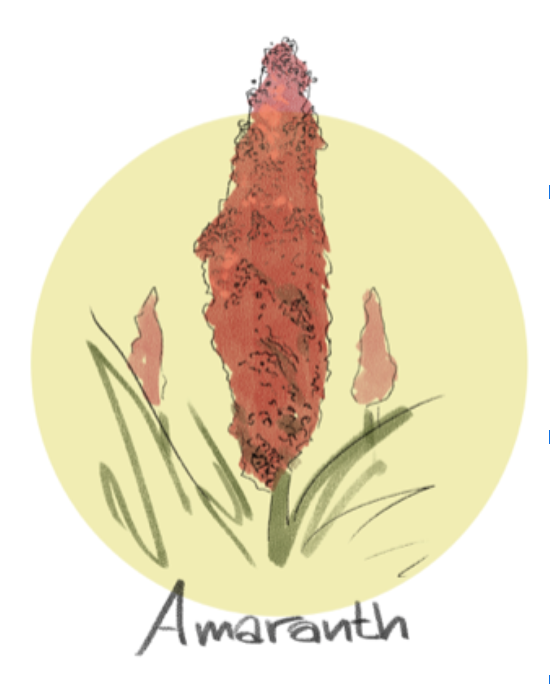
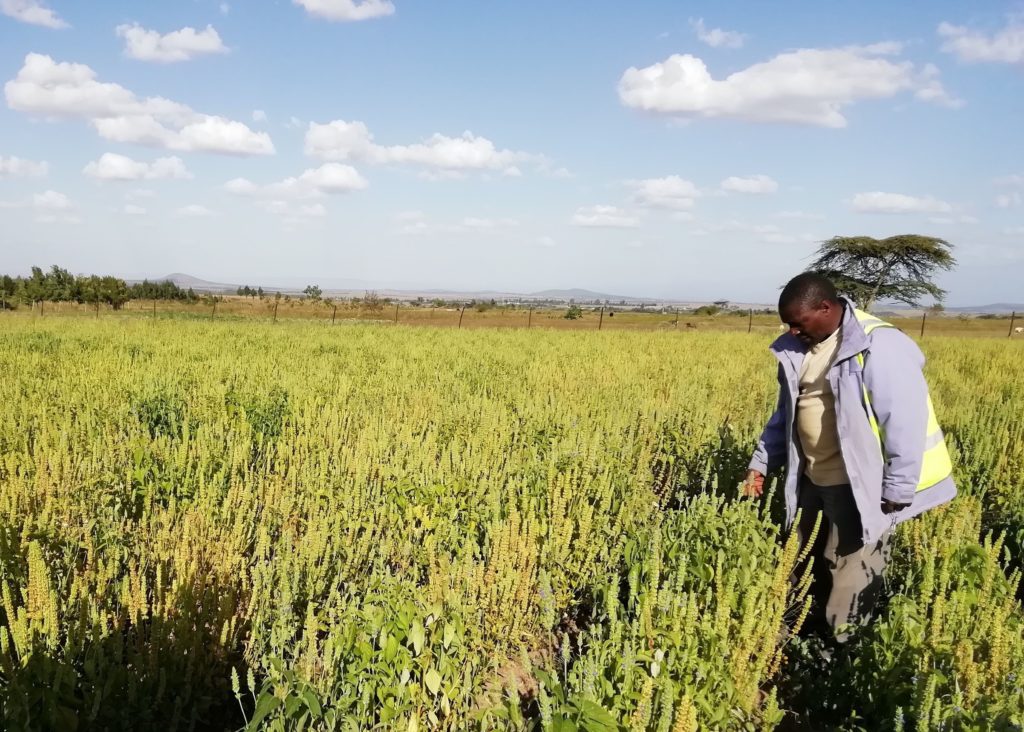
Maize:
The most common stable food in Kenya is ugali made from cornmeal and water. Corn is the main source of carbs eaten by the population in Sub-Saharan Africa with a consumption of 21% of the maize produced in the world.
The yellow corn itself is a source of Vitamin A and C (17% DV) as well as folate (19% DV), magnesium (11% DV), and Vitamin B1 (24% DV; important for nerve-, muscle-, and heart function).
However, maize has less nutritional value than other local crops like amaranth, millet, sorghum, and chia. Thus, ugali and maize should be eaten in moderation and substituted for other food crops if a varied diet high in nutrients should be obtained.
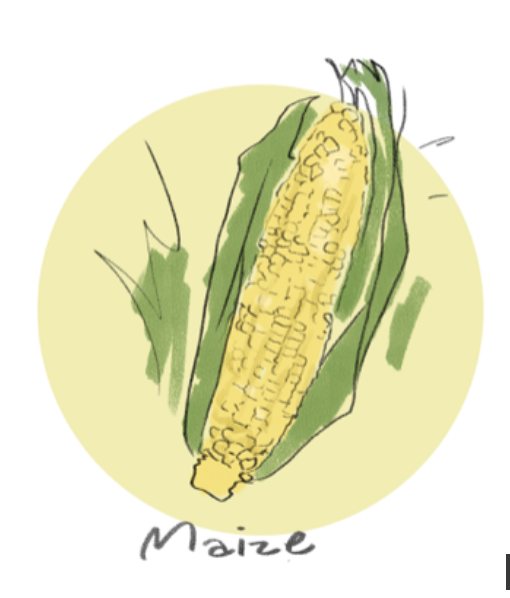
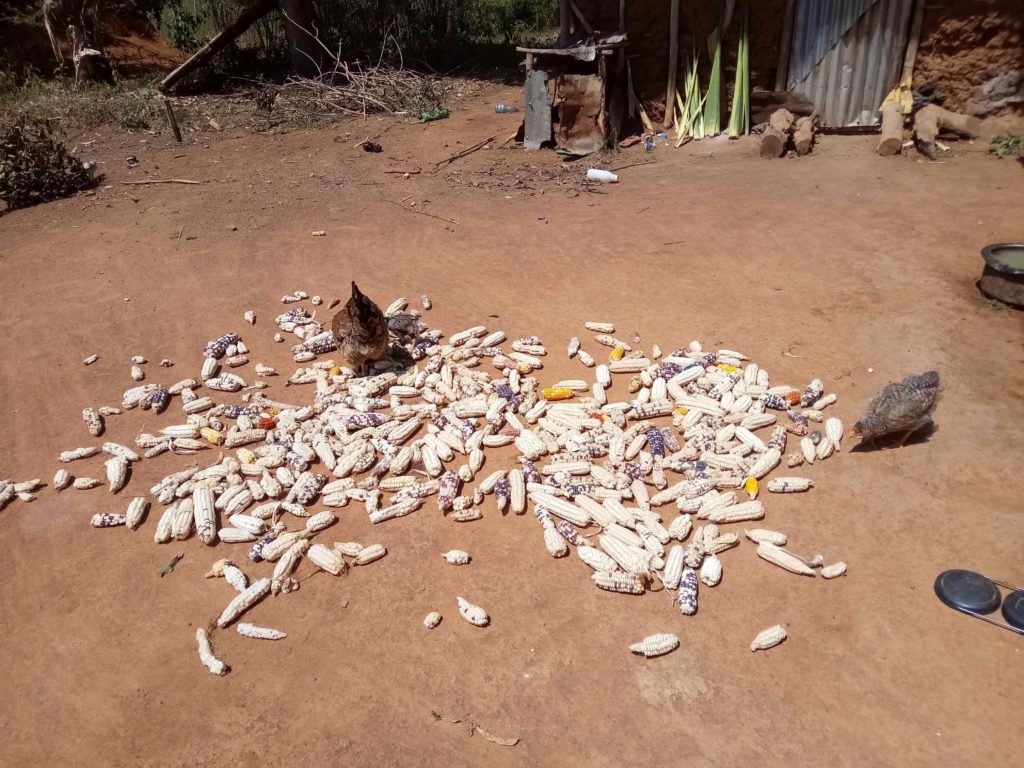
Sweet potato:
Of all the traditional crops grown in Kenya, the sweet potato is the best source of plant Vitamin A, with a 100 g of potato containing almost 400% of DV. Vitamin A is important for immune function and normal vision, cell growth and development. Furthermore sweet potato is a source of Vitamin C (33% DV; an antioxidant important for growth & tissue repair), manganese (25% DV; important for growth, development & metabolism), Vitamin B6 (15% DV; important for growth & conversion of food into energy), and potassium (14% DV; important for blood pressure control).
In addition, sweet potatoes are rich in antioxidants (especially the purple and orange colored ones), which are important for immunefunction protecting your body from inflammation.
The pre-form of Vitamin A is what causes the orange color of the sweet potato, and inside the human body it is converted to Vitamin A and used to form light-detecting receptors inside your eyes. This is why a Vitamin A deficiency can cause night-blindness (no ability to see in darkness).
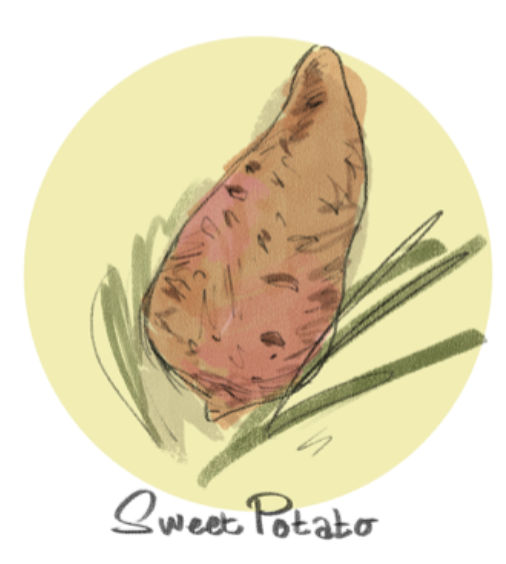
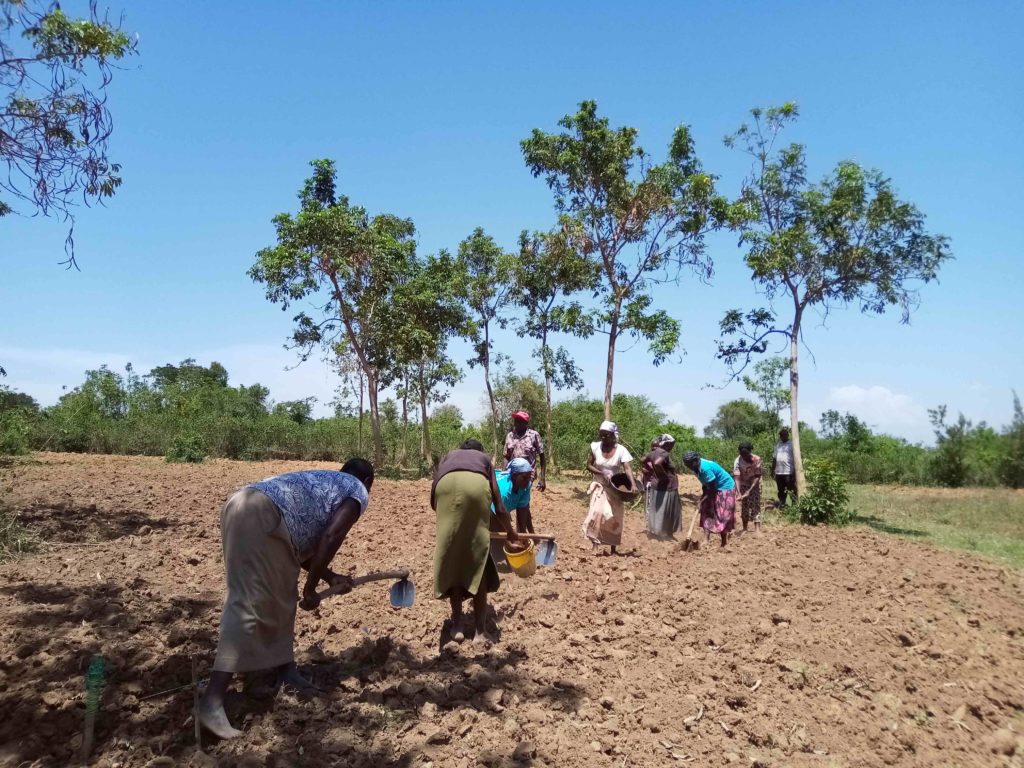
Sorghum:
Sorghum is first and foremost rich in B vitamins, which play an essential role in metabolism, neural development, and skin and hair health.
Farmers favor this crop due to its tolerance to different soil conditions, drought, and heat. Just like the grain millet, sorghum can be eaten either cooked or milled to flour.
Sorghum is rich in magnesium (37 % DV; important for bone formation, heart health, energy production & protein metabolism), antioxidants, fiber (20% DV; important for gut health and stabile blood sugar levels), protein, iron (18% DV), zinc (14% DV), and phosphorus (22% DV; important for formation of bones and teeth).
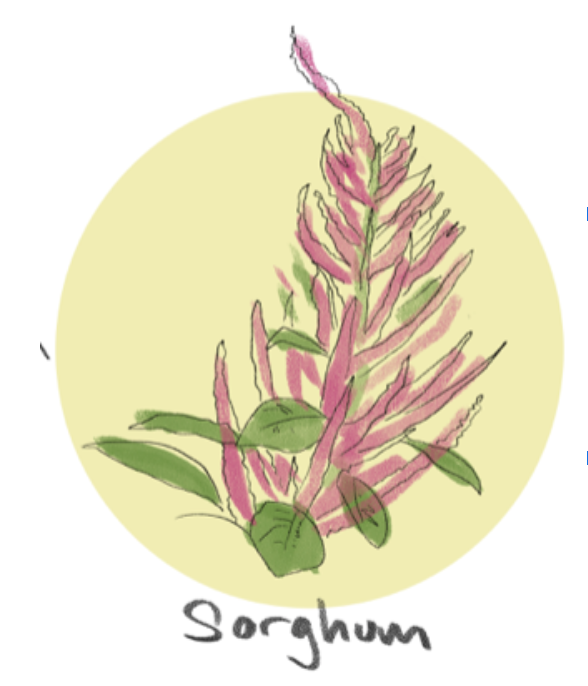
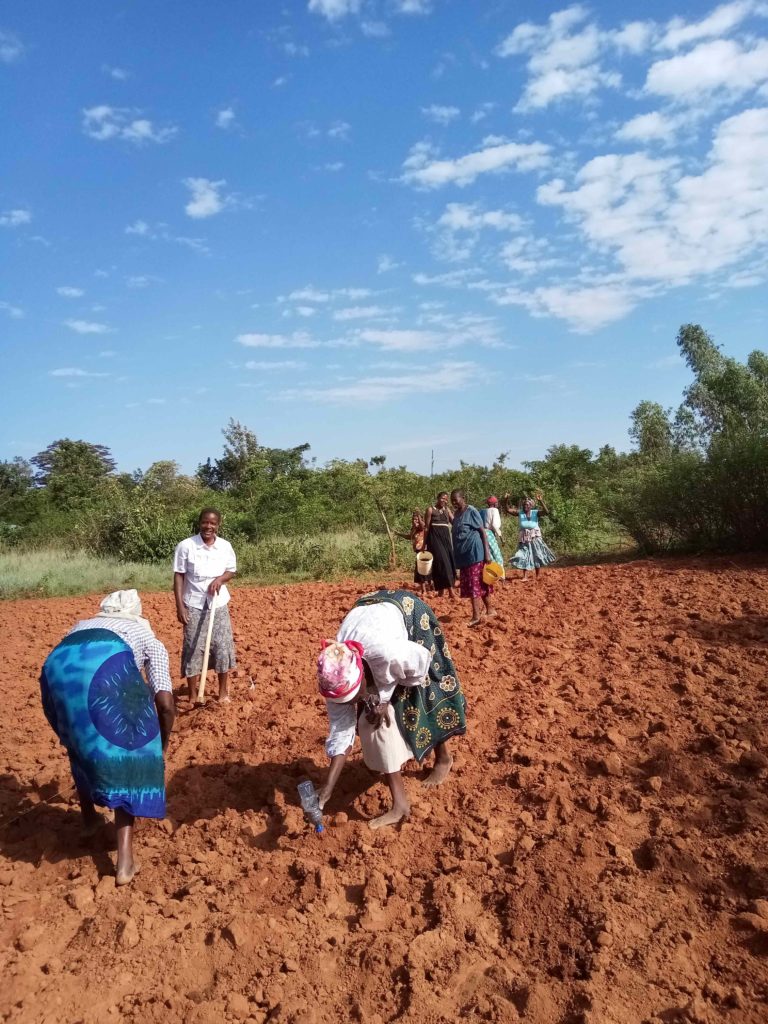
Chia:
Chia is one of the best sources of plant omega-3 containing around 19 g/100 g chia and with an additional high content of both protein (31% DV; important for cell development, muscle- & bone health), fiber (151% DV) and several minerals, such as: Calcium (bone-, heart-, and muscle health), iron (oxygen carrier in the blood), folate (red blood cell formation & immune function), zinc (metabolism, skin/hair/nails & immune function), and magnesium (protein formation, muscle- & nerve function).
In addition, the seeds’ high fat content promotes absorption of the fat-soluble vitamins (vitamin A, D, E and K). This is why an introduction of chia seeds in the diet of the Kenyan population is a step towards reducing malnutrition in Kenya.
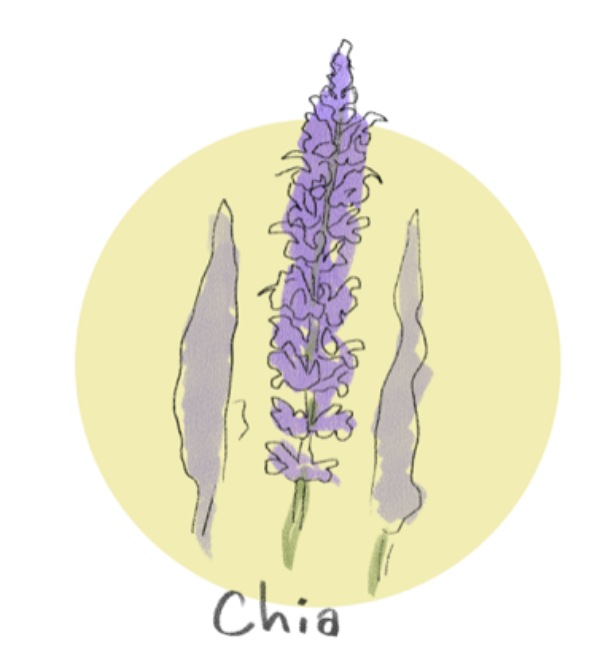
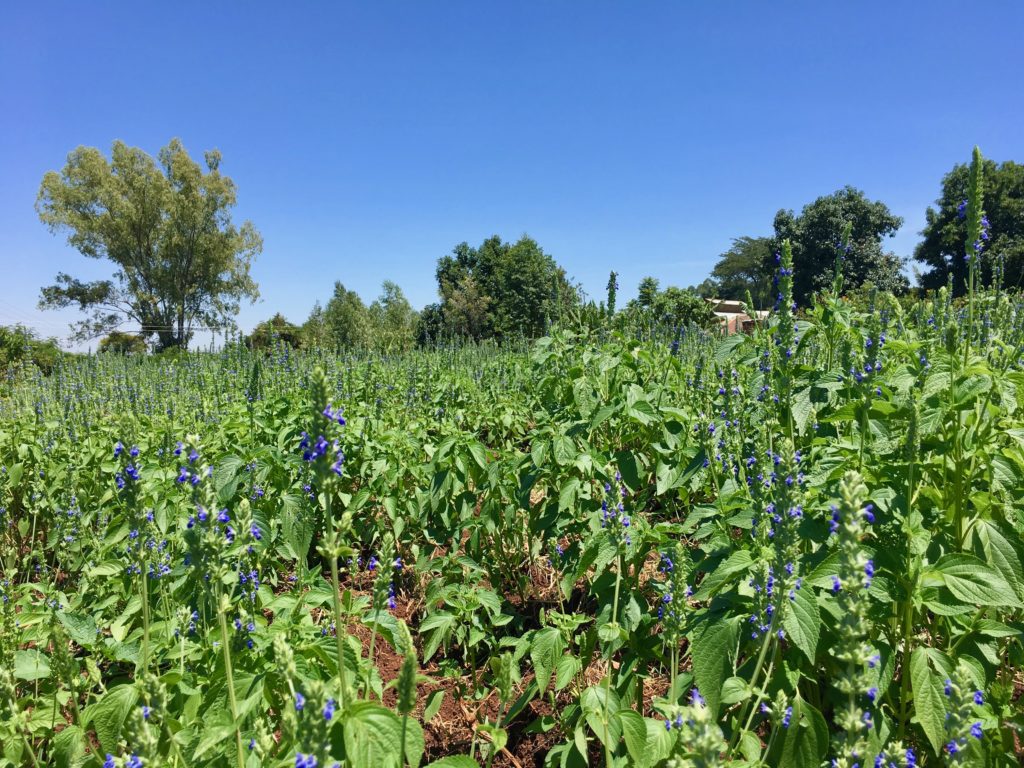
Mung beans:
These beans are one of the best plant sources of protein being rich in several essential amino acids (life-important building blocks for protein in the body).
They are also a rich source of fiber, the B-vitamins, folate, manganese, magnesium, potassium, phosphorus, iron, zinc, and antioxidants.
However, some of the nutrients are lost during cooking, as the water-soluble nutrients are leached to the cooking water, thus dry and uncooked beans are much more nutritious than the cooked ones.
A way to retain more nutrients is by cooking the beans in the soak water. Although the soak water will also contain the typically unwanted gassy carbohydrates these can be broken down with extended cooking time.
The beans can also be consumed as sprouted. These contain fewer calories but more free amino acids and antioxidants causing increased absorption of the protein and minerals in the body than from the unsprouted ones. Thus, an even better nutritional value from the beans can be gained if they are also eaten as sprouted.
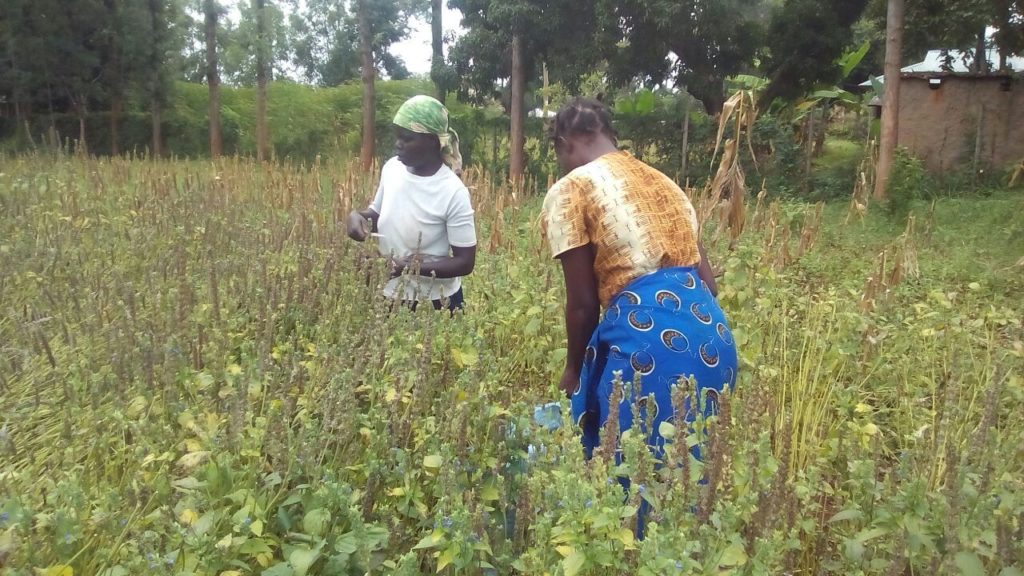
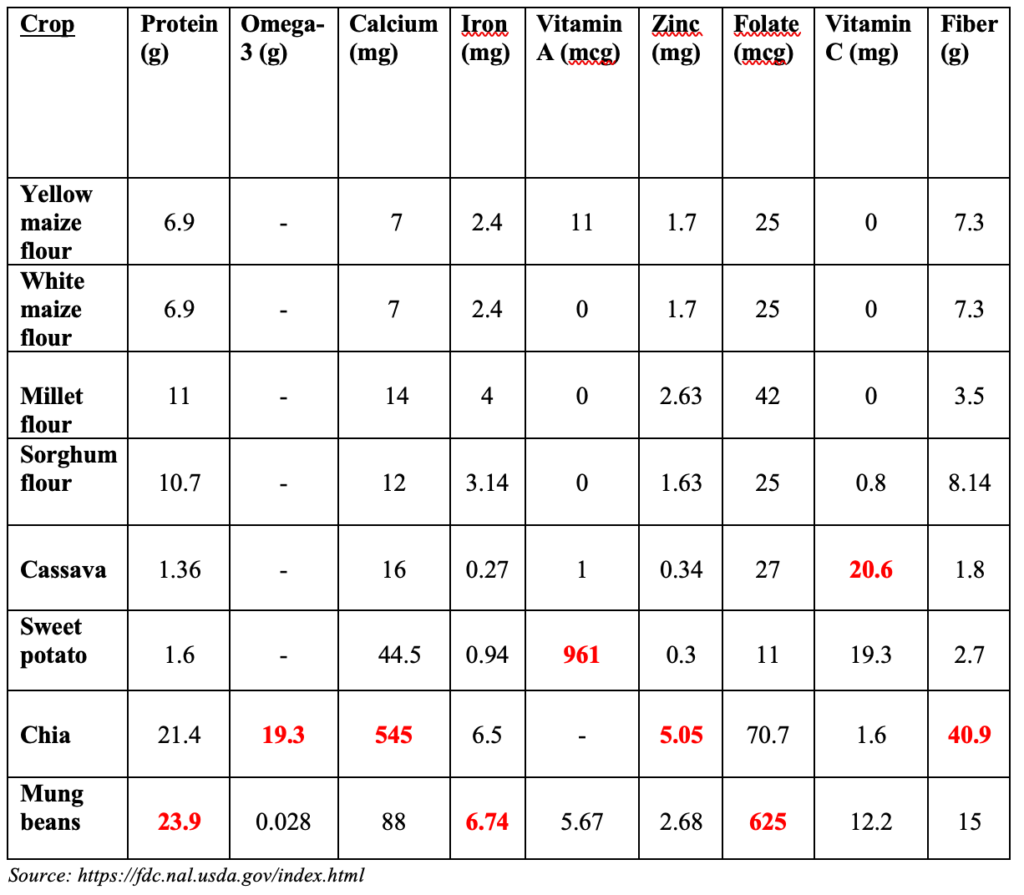
N.B. The nutritional value noted for mung beans is the one of the dried, uncooked beans.
